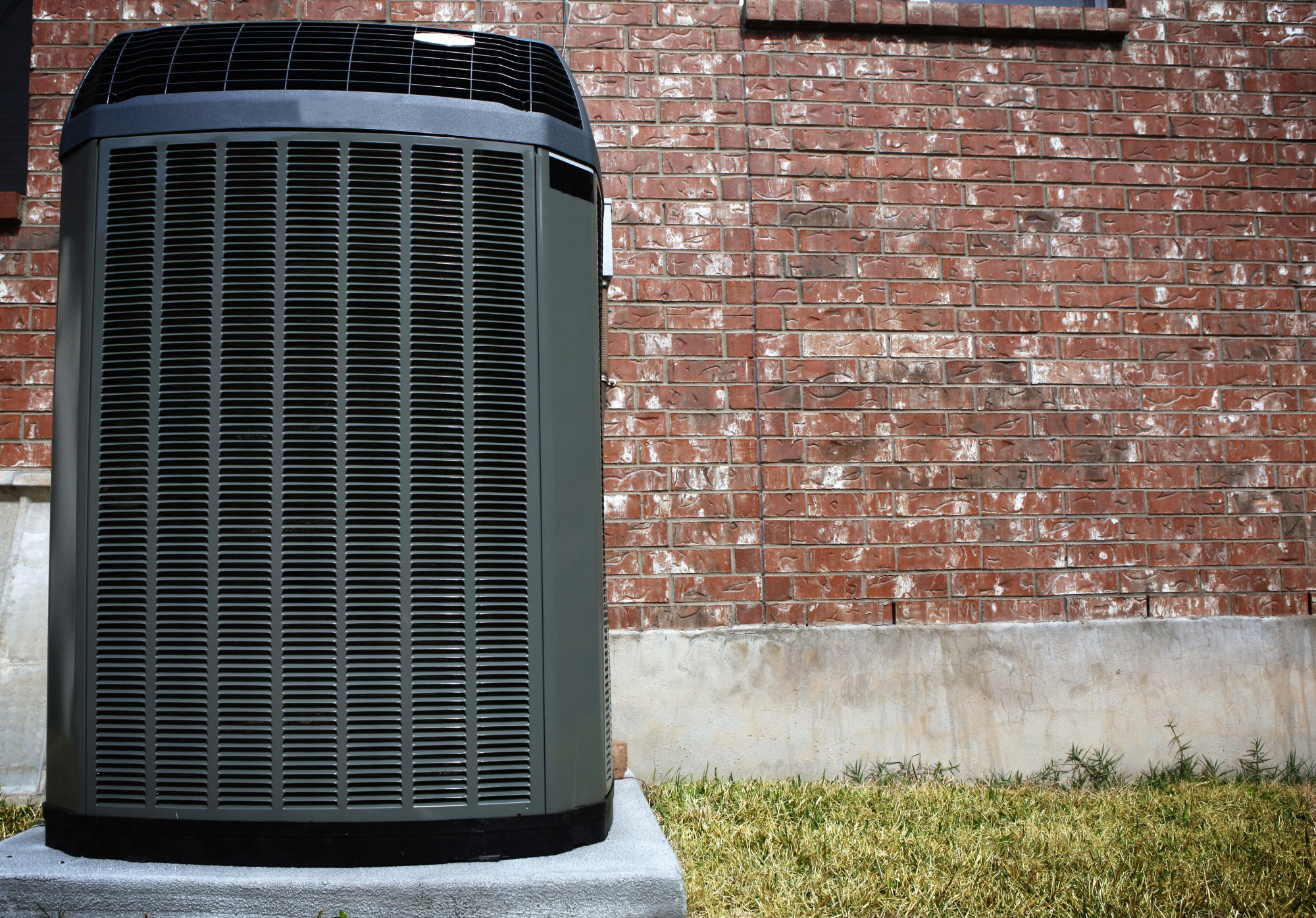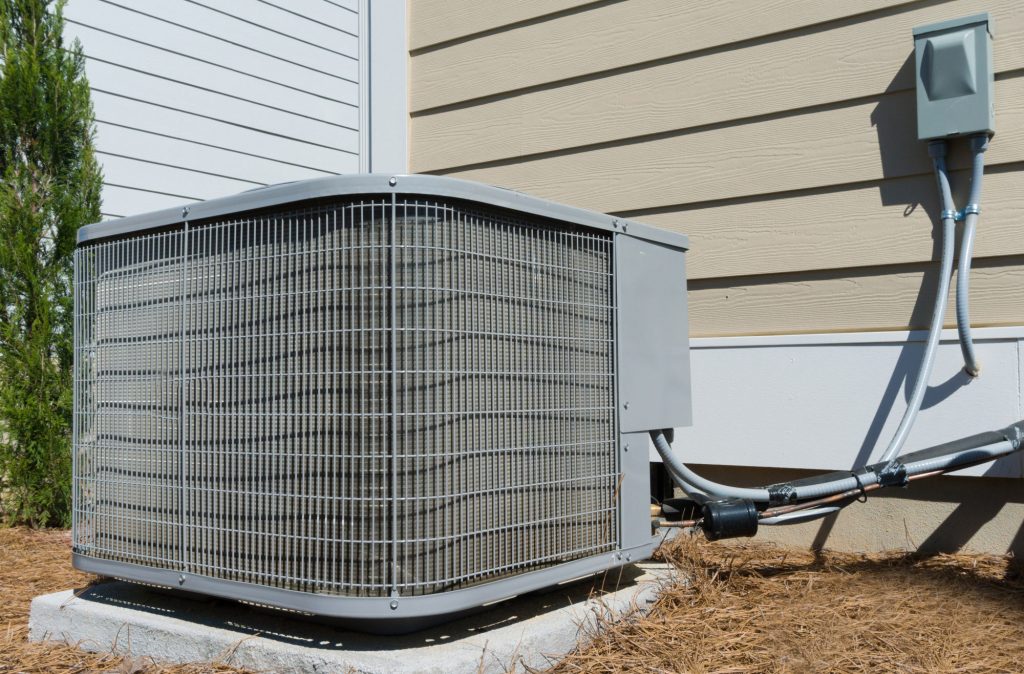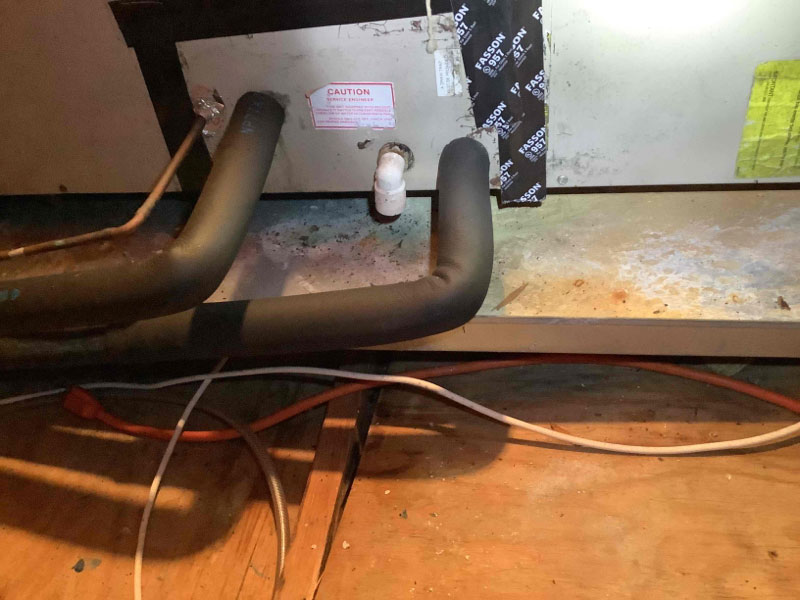
Did you know that, according to the Energy Information Association, 87% of homeowners in the US use air conditioning? It’s even more common for a home to have AC than it is for it to have a garage or dining room. This comes as no surprise, given how intense heat waves and summer temperatures can be in the US.
If you have a clogged AC drain and desperately need your AC to work, then chances are you’re struggling with unbearable heat. You’re looking at your AC, and wondering: “What’s wrong with it?” A clogged AC drain could be the cause, but you don’t know how to tell if it is.
If you are able to find out that it’s a clogged AC drain that’s causing the issue, you still might struggle with how to fix this issue. You also might be stressed about any of the long-term damage your AC might suffer as a result.
That’s why we’ve put together this guide. By giving you all the information you need on the signs of a clogged AC drain, how you can fix it, and more, you can have your AC working again in no time. Read on to learn more.
Signs of a Clogged AC Drain
If you have a clogged AC drain, there are some signs you can look out for so that you know this is the issue you have to fix. First of all, many new HVAC units have a sensor in them to let you know if the AC drain is clogged.
Some models will shut off to prevent long-term damage when there’a clogged AC drain. If you have a new HVAC unit, take a look at the manual that came with it to see where you can find this sensor and what it does if the AC drain is clogged. You might even get an email or text message alerting you.
However, if you have an older HVAC unit that doesn’t come with this sensor, then you can take a look at the drain pan.
If it’s filled with water, then this means your AC drain is clogged. This isn’t something you have to check daily, but you can do so anytime you’re changing the filter. By checking for this issue regularly, you can avoid the long-term damage caused by a clogged AC drain.
Another sign that your AC drain is clogged is if there’s water dripping through your vents or ceiling. At this point, quite a lot of water has collected. Additional signs include a moldy or musty smell in the area your indoor unit is in, water damage in that area, or your AC not cooling your home properly.
Long-Term Damage of a Clogged AC Drain
There’s some pretty bad long-term damage your home can experience if you have a clogged AC dream. If your air conditioner is clogged, you might get a lot of water damage in your home. Depending on the extent of this water damage, your structural foundation can be weakened.
Additionally, you might have mold problems in your home. This can cause an unpleasant smell to be present in your home at all times, and can also have side effects that harm the health of you and your family. That’s why it’s so important to identify this problem early and deal with it properly.
Step by Step Process of Unclogging
If you’re wondering how to unclog an AC drain, the process can be quite simple if you have a wet/dry vac. If you don’t have a wet/dry vac, unclogging an AC drain line is a little more complicated. Let’s go over what you have to do in both of these situations.
If You Have a Wet/Dry Vac
If you have a wet/dry vac, then the first step is to turn off your air conditioner. This will make it easier to deal with the clogged air conditioner drain. Then, you have to remove the condensate drip pan out of the way. If you aren’t sure where this is located, it’s usually at the bottom of your AC unit.
Take it out carefully, since it might be full of water. Once you’ve taken it out, soak up the water in it with the wet/dry vac. Then, you should wash it with hot water and soap so that you can remove anything that’s built up there.
Once you have done this, you have to find where the drain line’s runoff and access are. Then you can remove the clog, and then you won’t have a clogged AC drain anymore.
You may be wondering, “Where can I find the AC’s access and the line’s runoff?” To find your AC’s access, look in the area around the indoor air handler. It should look like a vertical PVC pipe and have a cap on the top. As for your AC’s runoff, you can find that in the area around the outdoor unit part of the AC.
Unclogging the AC Drain
Once you’ve located the access and runoff, you’re read to unclog the AC drain. Put duct tape around the wet/dry vac’s mouth—or use a towel wrapped around it—so that it’s sealed off. The next step for how to unclog an AC drain is to attach the hose to the drain line’s end.
If you aren’t able to seal it properly, have a friend or family member help you. They can seal the wet/dry vac’s mouth so that your hands are free to do the rest of the work.
Once you’ve done this, run the vacuum. You should do this for one or two minutes. The clog should come out when you do this. Once you start seeing a stream of brown-colored water coming out, this is a sign that you’ve removed the clog.
If this doesn’t happen, then you will have to call in a professional to remove the clog. Before you do, however, you can try using an air compressor to blast air into the tube, attempting to move the clog that way.
Unclogging an AC That Isn’t a Wet/Dry Vac
If you don’t have a wet/dry vac, then the method is a little different. To do this, you’ll use a hose (your garden hose will do) instead of the hose that comes with a wet/dry vac. It’s a pretty easy fix. All you have to do is attach the house to the condensate drain.
Once you’ve done this, run the water high for a short amount of time, five seconds. If the AC drain clog doesn’t come out at first, try this a few times. If you still can’t get it out, then you’ll need the help of an AC repair professional.
If The AC Is in a Tight Space
Additionally, if your AC is in a tight space, then you may not be able to get rid of the clog yourself. This is because you won’t have the room to move around in while using your wet/dry vac or garden hose to remove it. If this is the case, get in touch with a professional to remove it for you instead.
You should also consider regular air conditioner maintenance.
After Unclogging
Once you’ve unclogged your AC drain, there are additional steps to take. The first is to clean the drain line. If you’ve hired someone to do the work for you, they’ll have a specially-made formula used for cleaning PVC pipes. If you’re doing it yourself, you can use a gentle cleansing agent—distilled vinegar, for example—to clean the drain line.
After you’ve done this, you should reassemble the AC unit and turn it back on. If it’s working properly, then you won’t have to call an expert to fix your clog. If you’re still having issues, then chances are your AC has more problems than only a clogged drain.
You should also take the right steps to prevent future clogs. To do this, pour a cup of bleach through the inside side of the condensate drain. This will make it unlikely that mildew will grow there. You can do this every month or so to prevent clogging.
Additionally, don’t forget to replace your air filters regularly. If they aren’t replaced regularly, this can also cause clogs in your AC’s drain line.
Need More Help?
Now that we’ve answered the question, “What is a clogged AC drain?” you may need more help with your clogged AC drain. Maybe you’re looking for the best repair company to help you with your clog or you want to find out where you can find the best wet/dry vacs.
Whatever you need help with, we’re here to help. At Sunrise Heat & Air, we’re experts when it comes to everything related to your HVAC Unit. Whether you need help with a clog or installing a new unit, we’re here for you. To learn more, contact us here.
SCHEDULE AN APPOINTMENT
Our Services
All Calls Answered
727-610-8890




